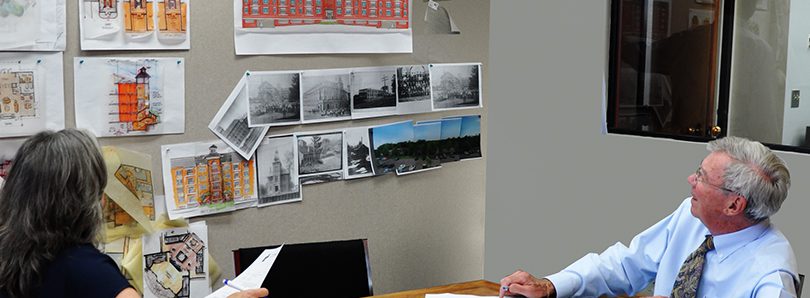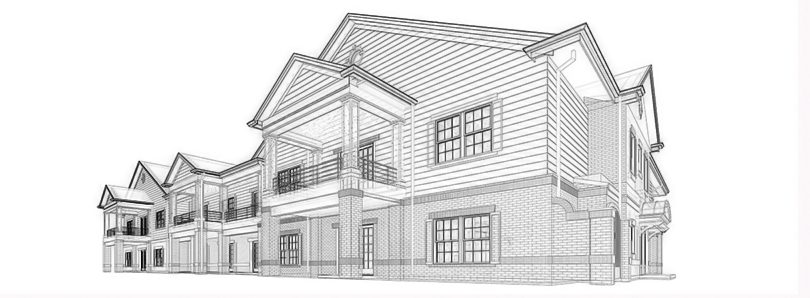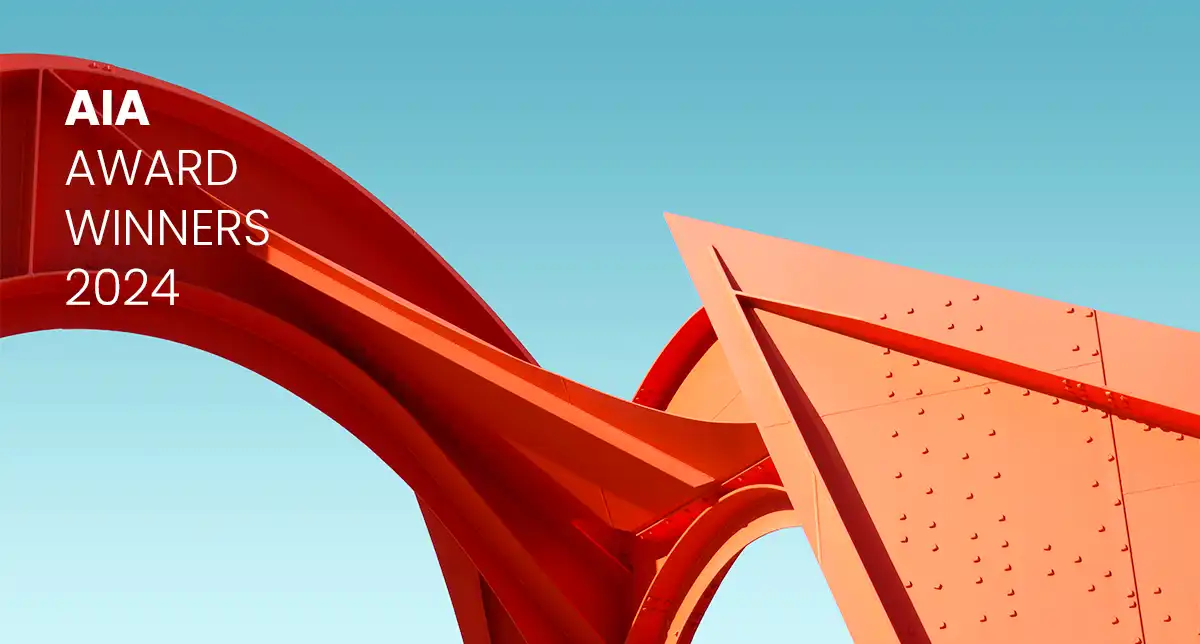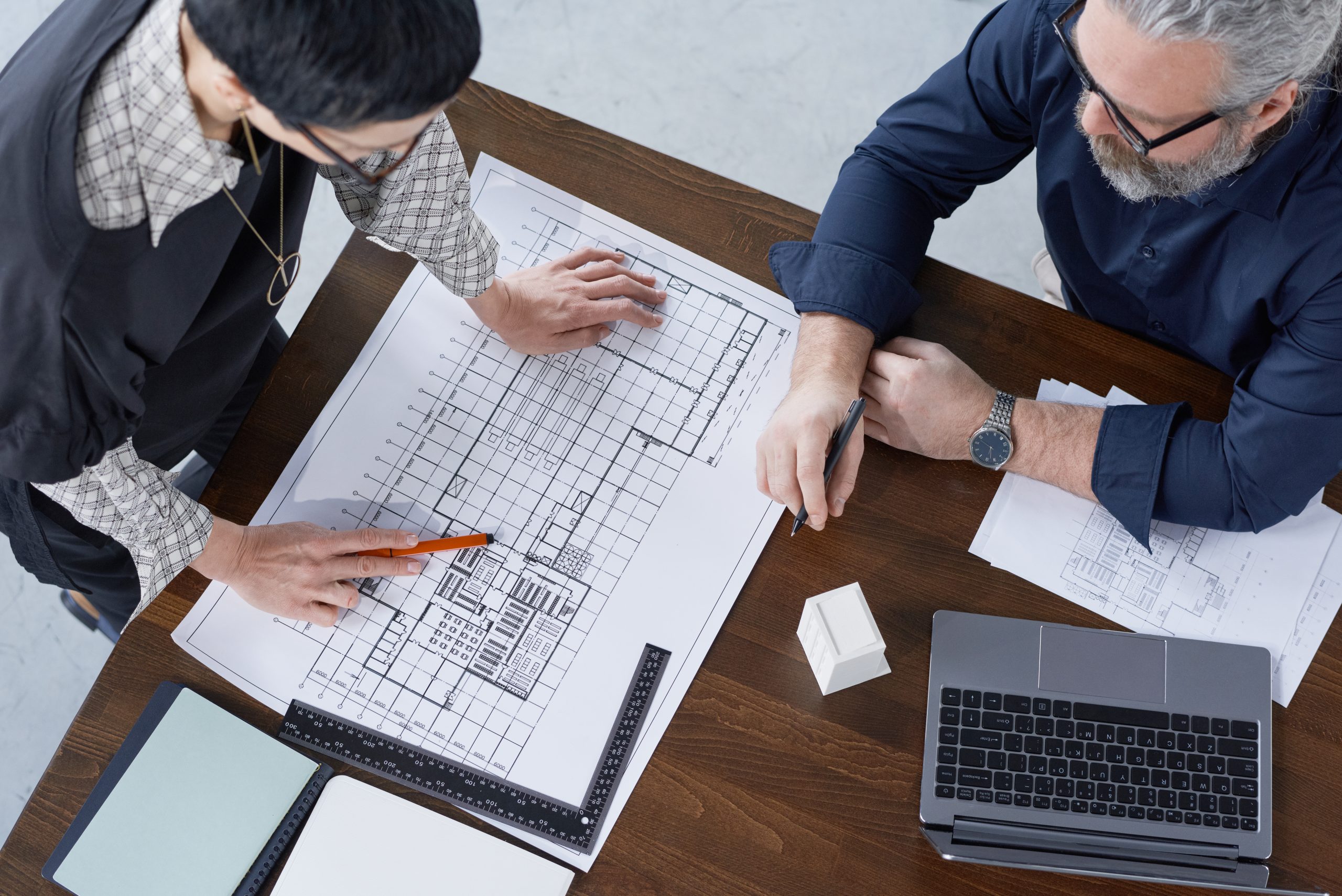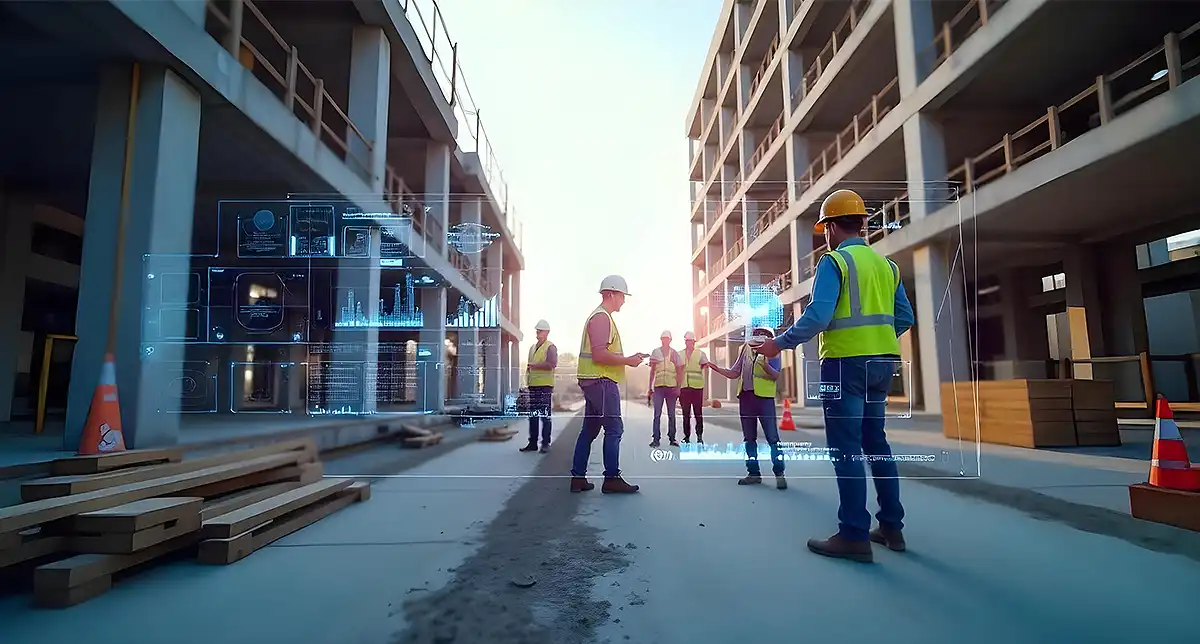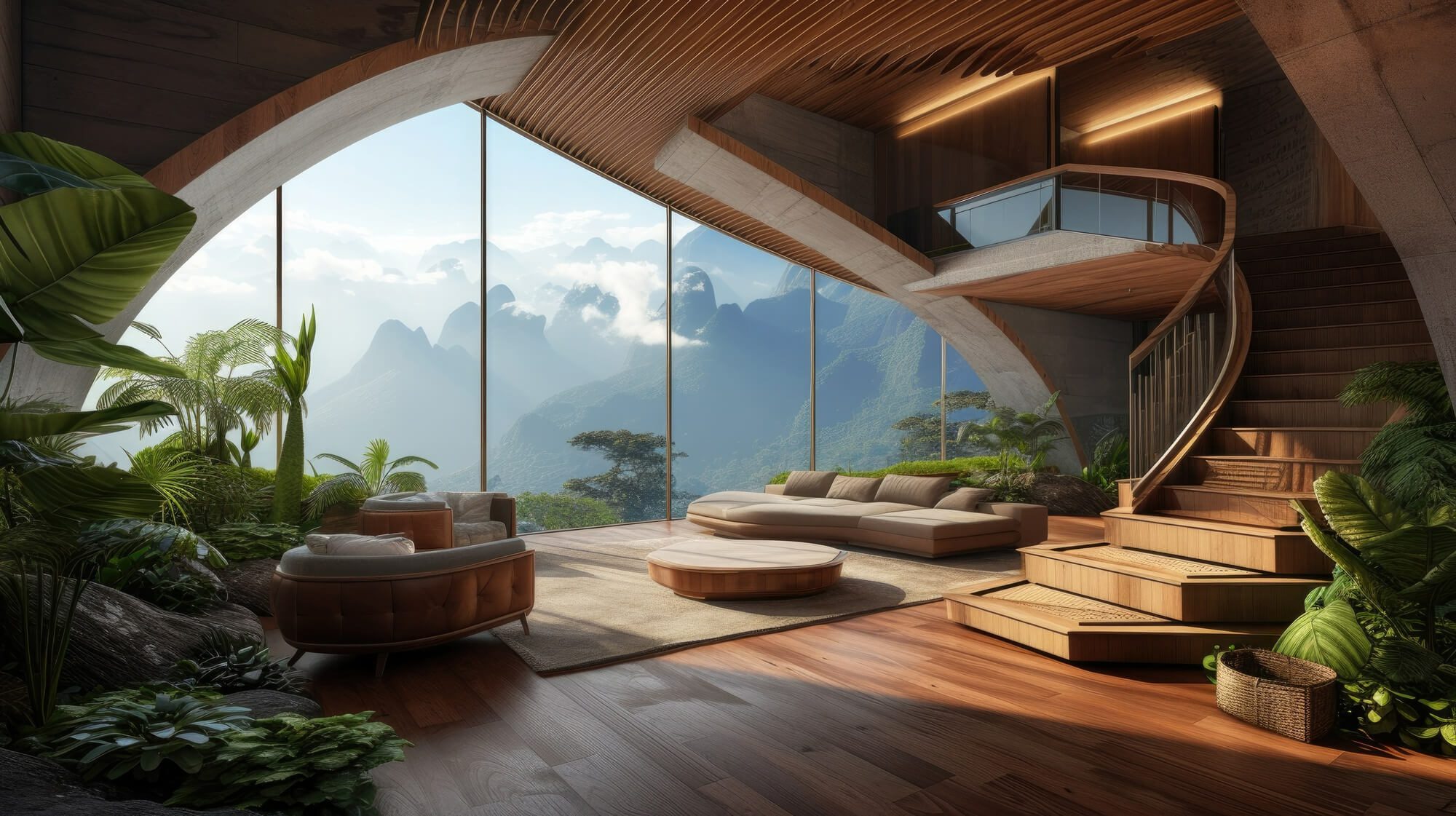Any architect, be it a newbie or a well-established architect, work on projects which are unique facing new challenges and difficulties. While it may be true that some of the projects still share common ground on the challenges the architect faces. Some of these issues are unavoidable, irrespective of the type of project we’re discussing.
The employment of architects is expected to grow by 8% by 2028 as many individuals are starting to show interest in this profession. The most ideal way of deciding if this profession fits the best for you is by analyzing the pros and the cons while working on any architectural project. Along these lines, the challenges faced by the architects while working on any project are given below.
MONITORING THE TEAM
An architect can never work alone, particularly not when they’re dealing with a bigger project. There are various designers involved in a single project, such as Engineering Design Firms including structural engineers, mechanical engineers, plumbing engineers, and other architects specializing in other parts of the project. Tasks are delegated, and the colleagues will each have to play their particular parts. Usually, this is the way where the project can come to life.
Obviously, you can’t just distribute the tasks and let them be on their own. You need to keep open lines of correspondence to guarantee a positive outcome. Each person involved needs to provide details regarding their advancement, and you should monitor their work and ensure that everybody is fulfilling their time constraints. Monitoring the group is made simpler with the collaboration tools available, yet it’s one of the principal challenges that most architects face.
LANGUAGE DIFFERENCES BETWEEN CLIENTS AND ARCHITECT
One of the most amazing parts of working in the architectural field is getting an opportunity to team up and work with customers from around the world. While this can be an informative and remunerating experience, it accompanies some inimitable difficulties too. The language obstruction among architects and customers can mess up the project or even bring the project to a halt.
Conquering the language obstruction is significantly more troublesome than it appears. It isn’t simply an issue of deciphering sentences starting with one language and then onto the next; it’s guaranteeing that the ideas of the client coordinate with yours. In this, the architectural renderings can come in very convenient. Utilizing 3D rendering to foster your thoughts can offer many advantages and guarantee that you and your customer truly agree.
CLIENT COMMUNICATION
Even with 3D visualization, there can be a great deal of to and fro between you and your customer. To guarantee that everything is going streamlined and that your work coordinates with the customer’s assumptions, you ought to speak with them consistently. Try not to be reluctant to pose inquiries and propose your suggestions and experiences, and check with your customer before you roll out any improvements to the project.
MANAGING DEADLINES AND STAYING ON BUDGET
While a great many people will in general accept that they can function well under pressure, this is seldom the situation. More than 41% of stressed individuals say that pressure causes a loss in productivity, and this can be extremely hindering. In case you’re working on a project with severe cutoff schedules and an extremely limited financial budget, there’s no getting away from the tension and the pressure.
The most ideal way of managing this is to remain coordinated. Monitor the group, watch out for the cutoff times, and discover arrangements that will assist you in remaining reasonably affordable. In case you are unable to fulfill the time constraints and budget, you should communicate it with your client. There are many software and tools such as RS Means and others, to help you stay on budget and on schedule. These tools and software can be used from the beginning of the projects.
REJUVENATING THE PROJECT
Most of the clients tend to hire an Architectural Design Firm for renovations or new construction projects. The clients’ requests for visually appealing designs, and afterward leave the project incomplete. The explanations for this would vary eventually, posing a challenge to the architect to see their creation come to life.
The best way to fight this issue is to guarantee that the plan wows everybody. Designers can do this better by using 3D visualization plans to show the client. 3D perception is the best way to lure the crowds. Putting time and exertion into making a 3D visualization of your plan can be your most critical selling point as a designer. It will exhibit your abilities and talents, and it will help the customers see what the outcomes will resemble. This can give them the additional push they need to conclude the project and send it to development.
GUARANTEEING GOOD DESIGN AND GOOD CONSTRUCTION
The fundamental job of the designer is to come up with an architectural plan that will wow customers and draw consideration from the general public. However, what happens when the plan is awesome, yet the development of it is a long way from the ideal?
This is the reason architects need to convey to the clients that a great plan is reliant upon legitimate development. Stay in contact with your customers, let them in on which materials you’ve had in mind while designing the project, and convey the impact poor construction can have on the design plan, the structure style, and its general allure.
MANAGING ERRORS IN DESIGN
Mistakes in the structural plan can severely affect the project in case they’re neglected. Errors in computations can become unsafe in the development cycle, inadequately positioned electrical installations can turn into a blemish, and some unacceptable settings of the doors, windows, and walls will make the design comical. This is the reason to go over your project cautiously. The architect ought to look at each plan for slip-ups and blunders. Here, implementation of BIM modeling can be effective from the beginning of the designing stage, where it helps to solve clashes and produce a clash-free model.
Becoming INFORMED ABOUT NEW HARDWARE AND SOFTWARE
Many software and tools are available to architects to make their job easier. However, very few architects are able to use those technologies in their projects. There are tools to remove clashes, provide cost estimations and precise measurements, etc.
These tools expect you to have an incredible machine to run them too, so you generally should be keeping watch for new hardware, assuming you need to remain competitive and productive.
Architects face several challenges daily, and learning from these problems is the biggest asset to them. If you want to design great buildings and incorporate innovative ideas, you ought to know the challenges a design team faces while working on building projects.
